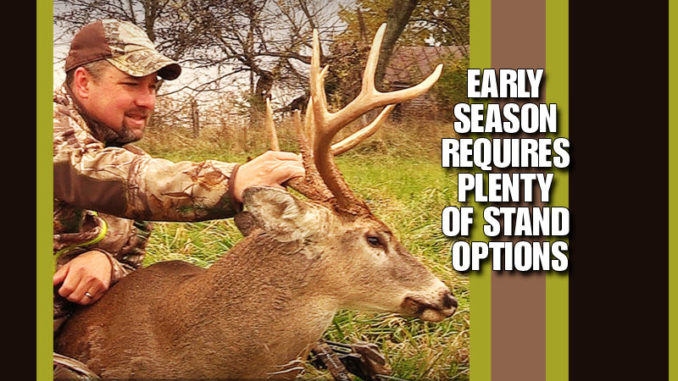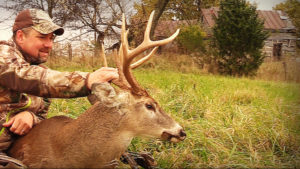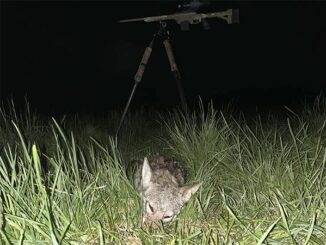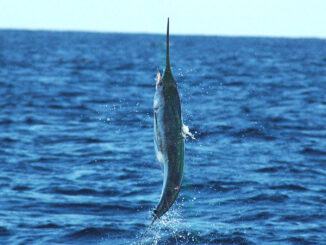
The clock is ticking
With deer season approaching, hunters are running out of time to make preparations to put themselves in the right spot for a big buck.
These deer don’t make “Bullwinkle” status from making mistakes, and if hunters want to punch a tag and plan a trip to the taxidermist, a “shotgun” approach is the only way to make a dream into a reality.
Hunters need to be in the woods during the first few weeks of the season because every deer is alive and well. The crop of new bucks is out and settled in their late-summer pattern, with very few real threats to disrupt their daily movements. It’s not until the season begins that they become wary of unusual sounds and smells in their living rooms. Bucks will quickly learn they’re no longer alone. So the time for hunters to easily take a buck rapidly dwindles.
Hunters should add a full complement of trail-camera data and windshield surveys to their existing knowledge of the land to learn where their deer are bedding, feeding and traveling in the weeks before the season begins so their daily movements are predictable.
But little mistakes can shatter a hunter’s plan and eliminate his opportunities.
Bucks will never be more predictable than they are in the early days of the season
 Early in the season, deer follow a daily routine, with consistent bedding, feeding and loafing areas. The only time they change their routine is when environmental conditions change: the arrival of weather and/or a shift in wind direction. A prepared hunter can still make it happen when Mother Nature throws a curveball.
Early in the season, deer follow a daily routine, with consistent bedding, feeding and loafing areas. The only time they change their routine is when environmental conditions change: the arrival of weather and/or a shift in wind direction. A prepared hunter can still make it happen when Mother Nature throws a curveball.
Hunters can set up on a specific deer or herd in many places, including food sources, bedding areas and along travel corridors. They should erect stands in multiple places so they can encounter deer in different areas when conditions change. And it’s not just different places, too. Hunters should set up multiple stands around the same spots, such as two different stands on a peanut field, to account for alternative winds. Second and third stands don’t have to be the same kind as the primary stand. They can be small ladder stands, an extra lock-on or two, or even a small ground blind — instead of a tower stand.
Deer will change their travel patterns when the weather changes, and hunters need to make changes to get their target buck in their sights or prevent an early season failure.
Hunters need options, and without them, the best decision may be sitting at home to prevent any mishaps. But if another stand is set up for a different wind, the hunter may still get a chance at their prize. It’s all about options. Hunters need choices to make sure they can hunt in the right spot at the right time.
Click here for more early-season deer hunting tips.




